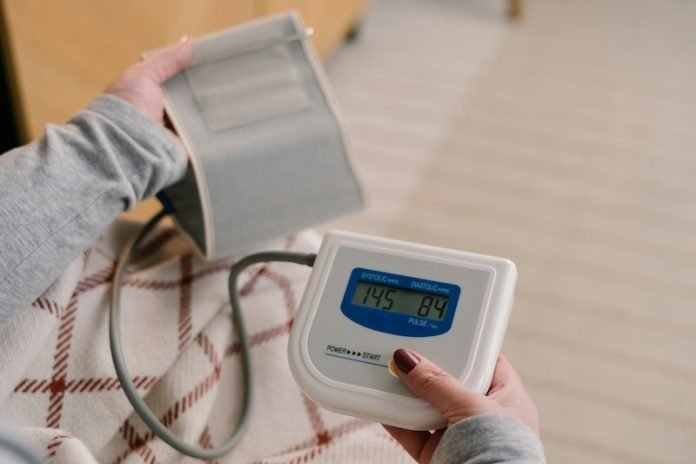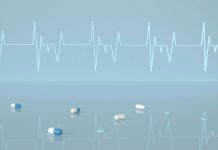
High blood pressure, also known as hypertension, is a common but potentially severe health condition where the force of the blood against your artery walls is too high.
Usually, high blood pressure doesn’t cause noticeable symptoms, making it hard to catch without regular check-ups.
However, when blood pressure reaches dangerously high levels, it becomes a medical emergency known as a hypertensive crisis, which requires immediate care to prevent long-term damage or life-threatening complications.
A hypertensive crisis is categorized into two types: urgent and emergency. An urgent hypertensive crisis occurs when blood pressure numbers soar high but haven’t yet caused any damage to your organs.
An emergency hypertensive crisis, which is more severe, means that not only is the blood pressure extremely high, but it has also started harming the organs.
People often don’t realize they have dangerously high blood pressure until significant symptoms appear, making awareness and understanding of these warning signs critical.
Symptoms of a severe hypertensive crisis might include severe headaches, often described as the worst headache ever experienced. This is not just a regular tension headache but a deep, throbbing pain that can be debilitating.
Another common symptom is blurred or impaired vision, which occurs when high blood pressure affects the blood vessels in the eyes. This could manifest as double vision, a loss of vision, or noticeable changes in sight.
Nausea or vomiting can also occur, generally when the blood pressure is extremely high, affecting the body’s normal functions.
Chest pain is a particularly alarming symptom associated with very high blood pressure.
It might feel like a heavy weight is sitting on your chest, or you might experience a sharp, stabbing sensation. This is a sign that the heart is working harder to pump blood against the much higher pressure in the vessels.
Other symptoms include severe anxiety, which can feel like a sense of doom or a panic attack, and shortness of breath, which can occur if high blood pressure is causing your heart to labor more than usual or affecting the lungs.
In some severe cases, blood pressure can cause fluid to build up in the lungs, making breathing difficult. Moreover, nosebleeds and severe dizziness can also be signs of a hypertensive crisis, though they are less common.
Research into the mechanisms behind these symptoms reveals that they are primarily due to the strain that high blood pressure places on various body organs.
Over time, if high blood pressure is not managed, it can lead to damage of the arteries, heart, brain, kidneys, and eyes, leading to long-term health issues like heart disease, stroke, and kidney failure.
Understanding these symptoms is crucial because timely detection and treatment can significantly reduce the risk of permanent damage or more severe complications.
If someone experiences any combination of these symptoms, especially if they have a history of high blood pressure, seeking immediate medical attention is essential.
In conclusion, while high blood pressure might not show early warning signs, recognizing the symptoms of a hypertensive crisis could save lives.
Regular blood pressure monitoring, lifestyle changes like diet and exercise, and medication when prescribed are key preventive measures.
Being informed about the potential severity of unchecked hypertension encourages proactive health management and could lead to better health outcomes.
If you care about high blood pressure, please read studies about unhealthy habits that may increase high blood pressure risk, and drinking green tea could help lower blood pressure.
For more information about high blood pressure, please see recent studies about what to eat or to avoid for high blood pressure, and 12 foods that lower blood pressure.
Copyright © 2024 Knowridge Science Report. All rights reserved.



